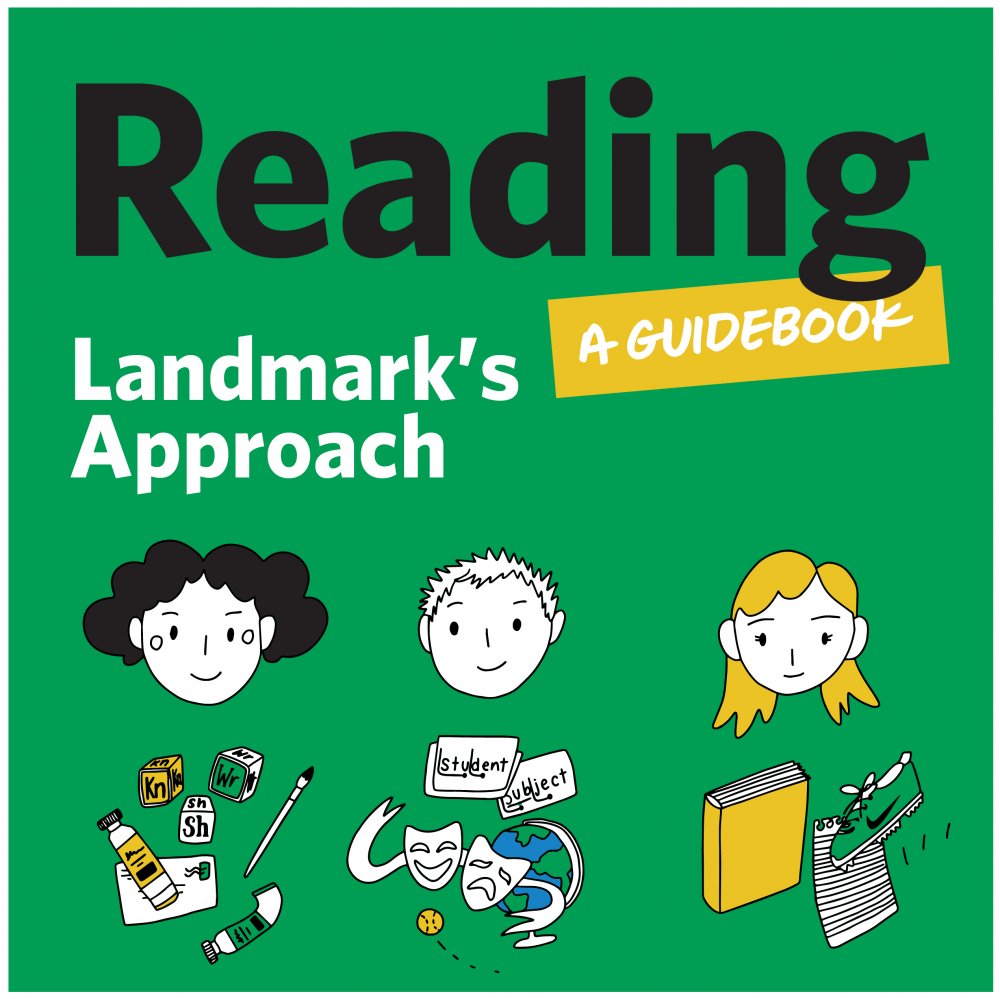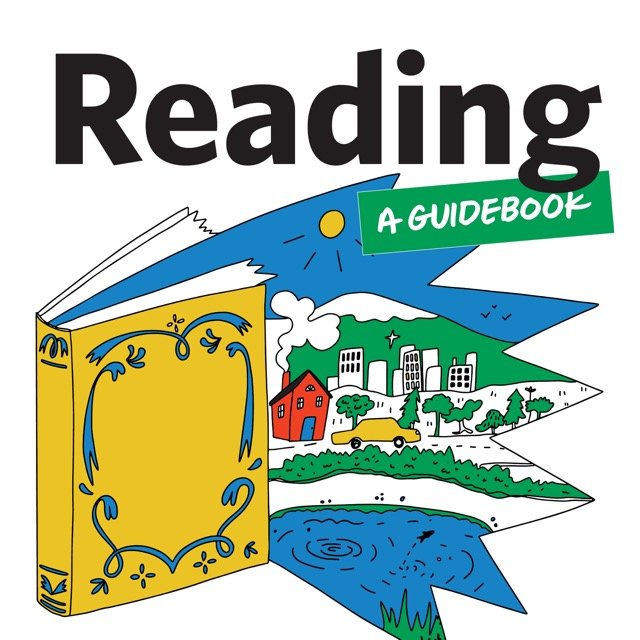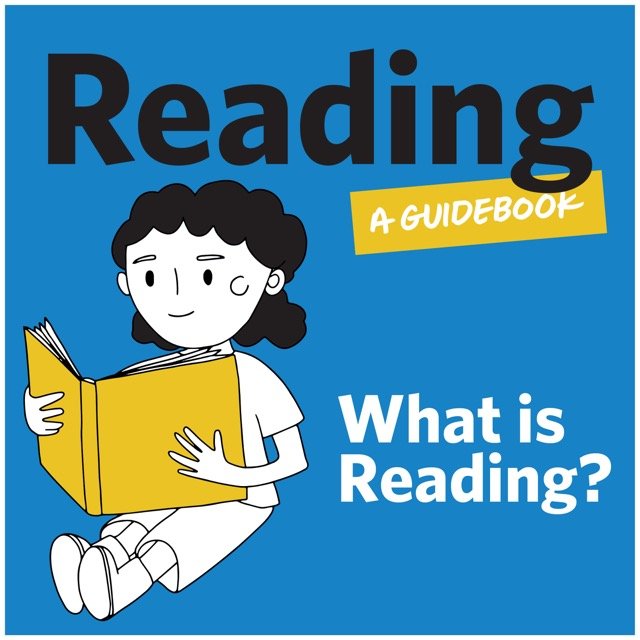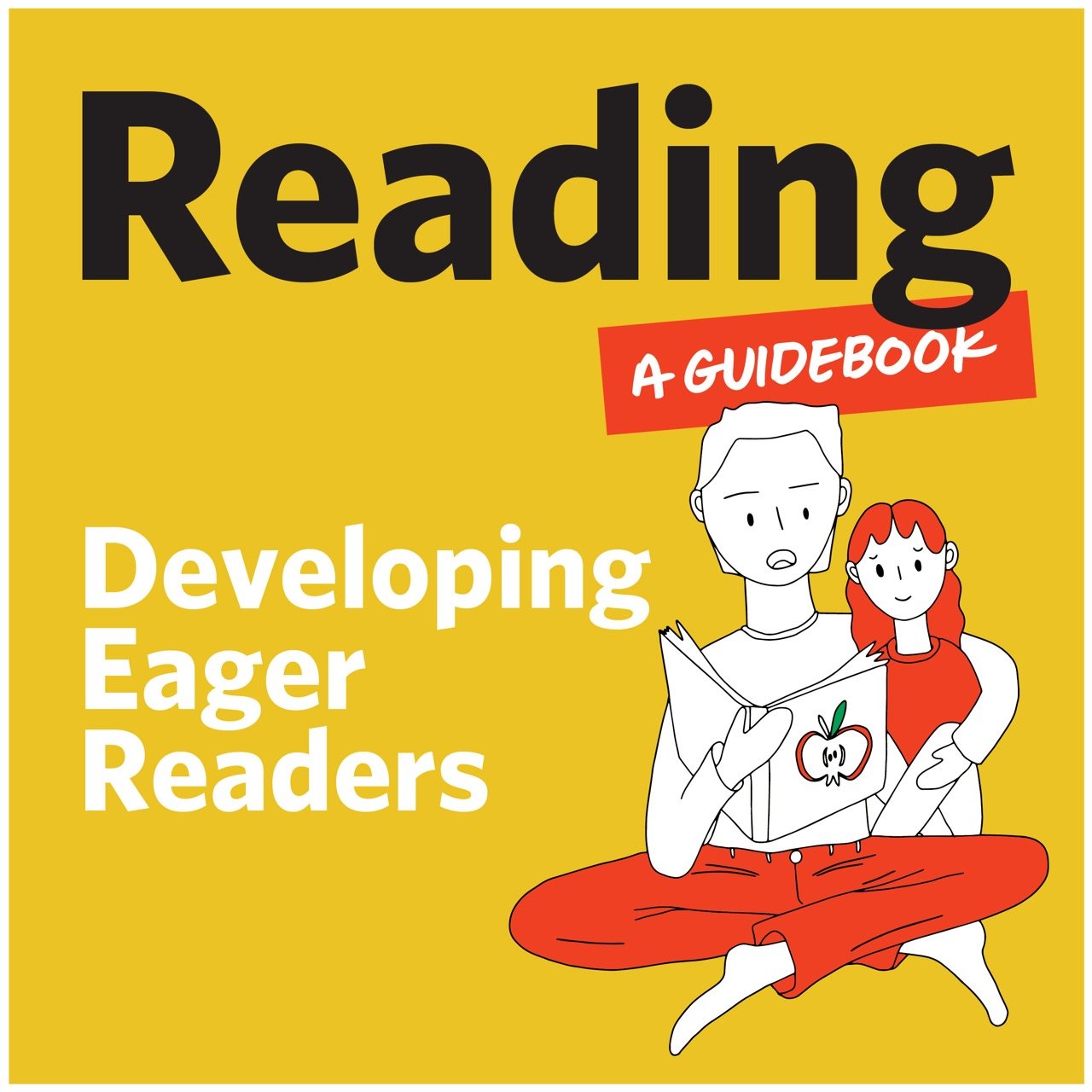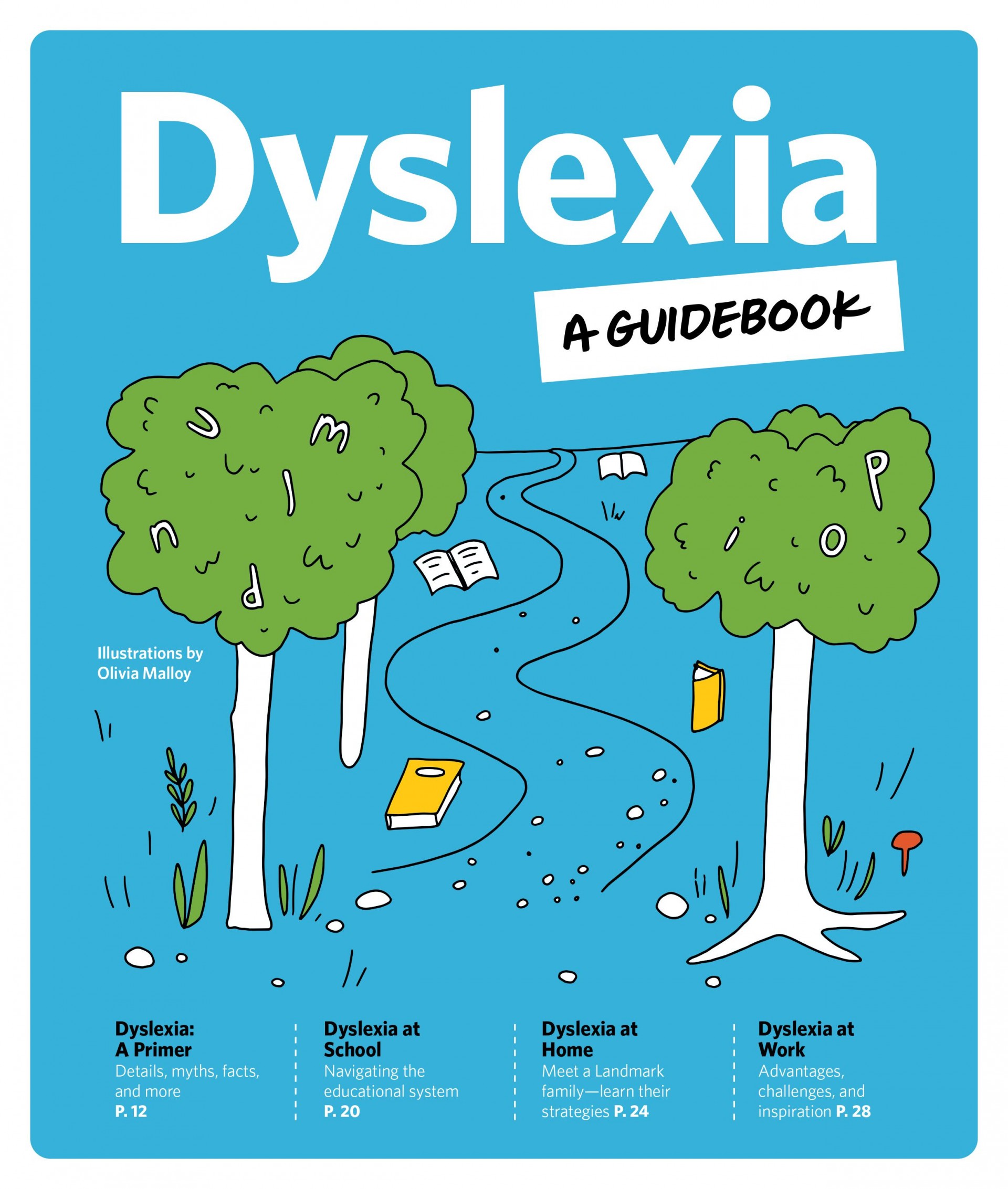- Our School
- Our Advantage
- Admission
- Elementary•Middle School
- High School
- Summer
- Giving
- Parent Resources
- For Educators
- Alumni
« Back
Landmark's Approach
March 21st, 2024
Part 3 of Reading: A Guidebook
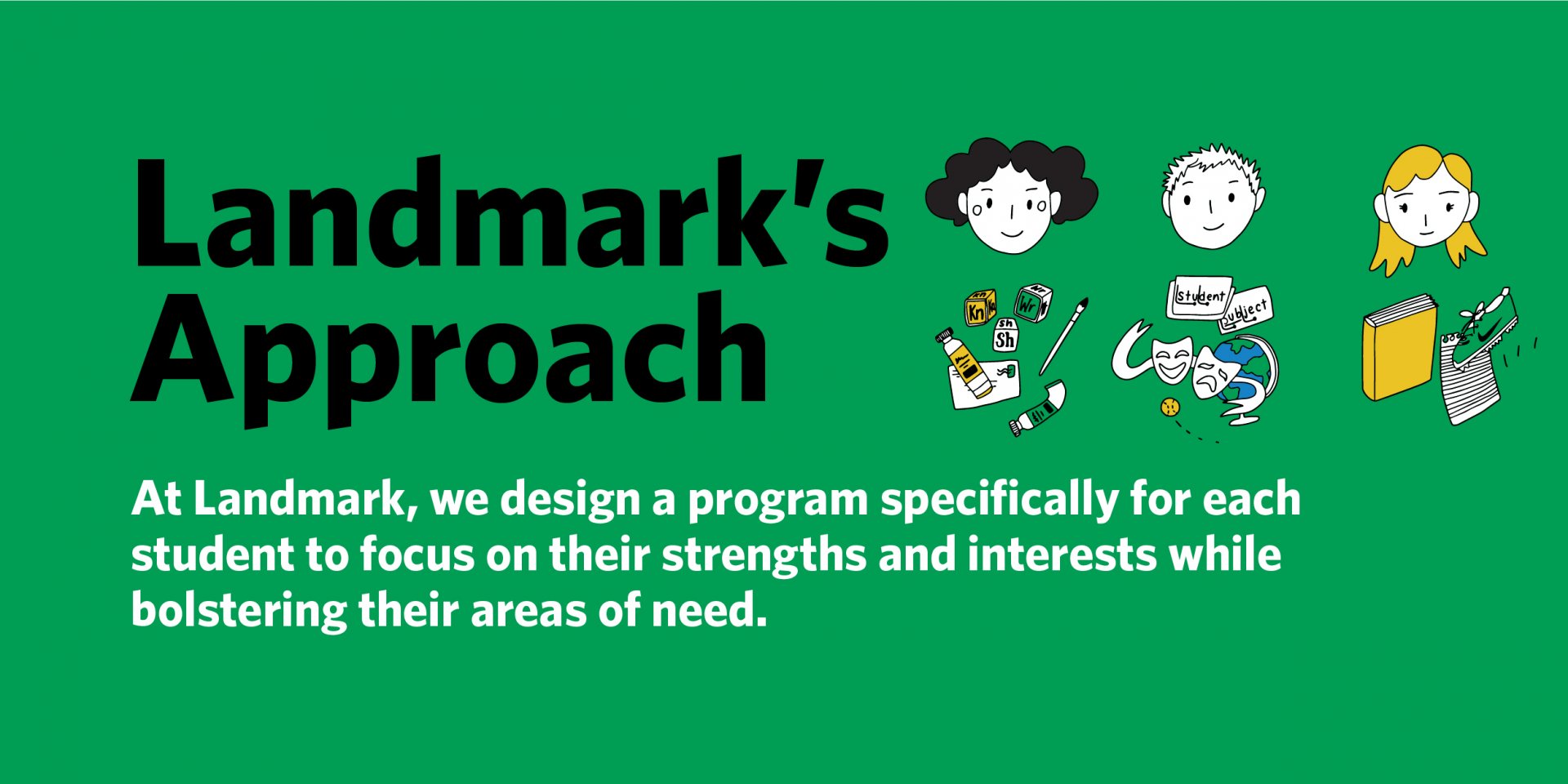
While there have been countless reading programs built over the years, the literacy profiles of students lie along a wide spectrum of development, and no single approach meets the needs of all students.8 For this reason, Landmark School does not prescribe to one set reading paradigm but artfully draws from many research-based practices to find what works best for each individual student.
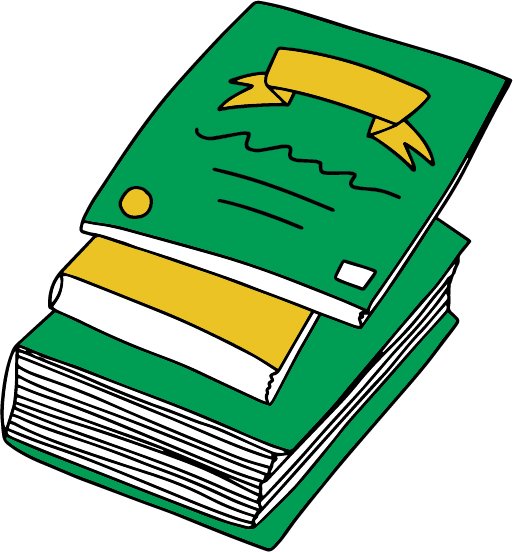
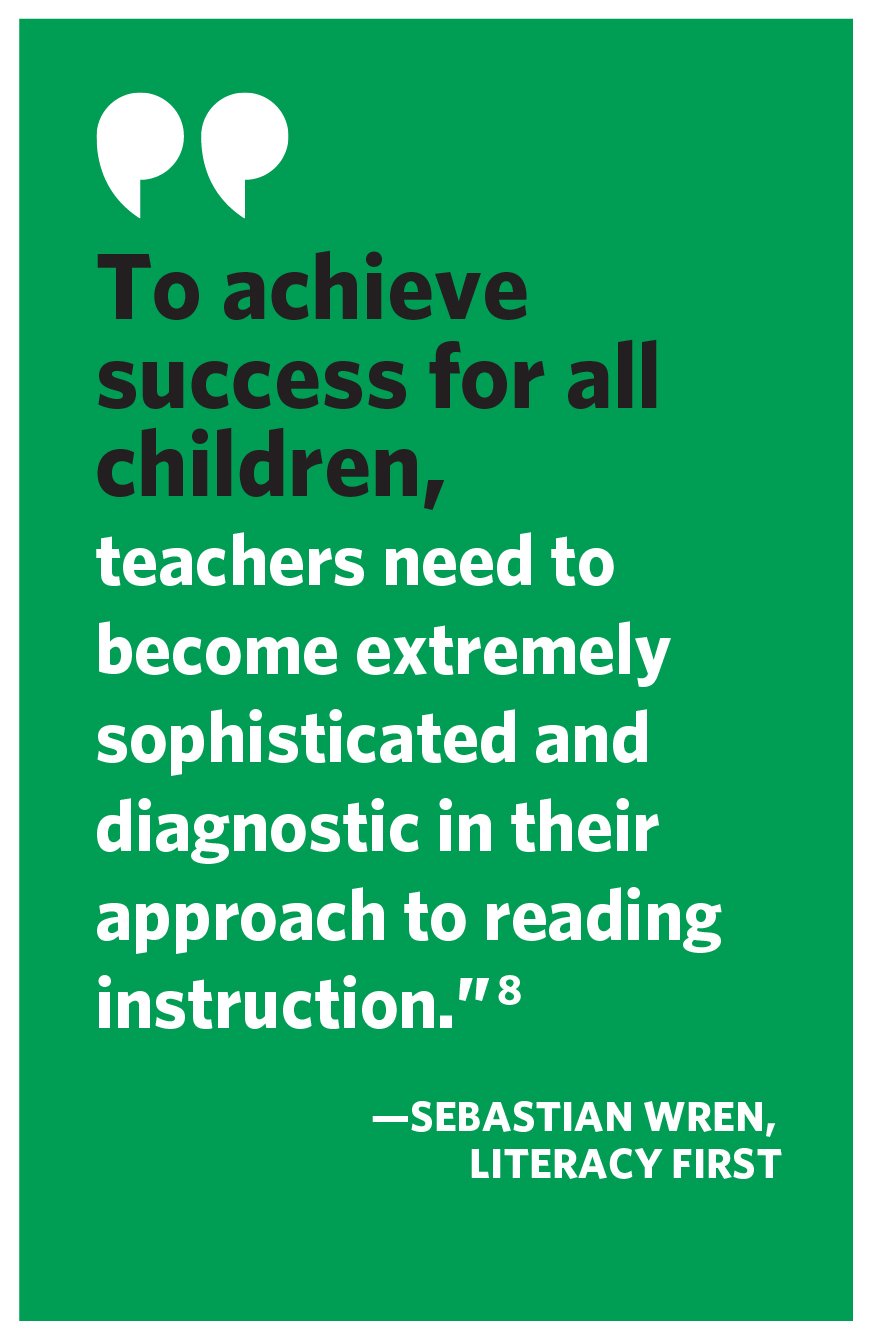
Key Components of Reading
Landmark’s approach to literacy aligns with scientific research and includes instruction in the following areas: 13, 14
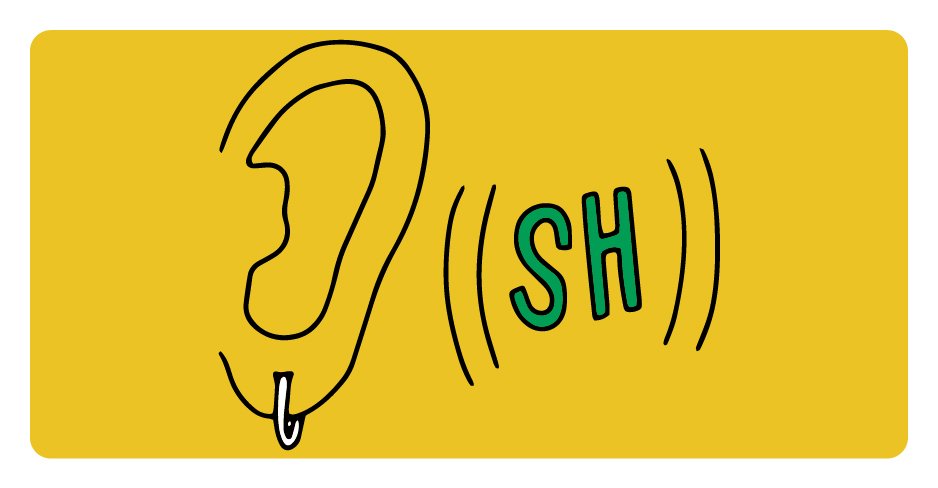
Phonemic Awareness
Students working on phonemic and phonological awareness skills get intensive training of sounds and their corresponding oral-motor feedback.

Phonics
Phonics knowledge is the understanding that letters correspond to certain sounds and is explicitly taught to enhance decoding and encoding (spelling).
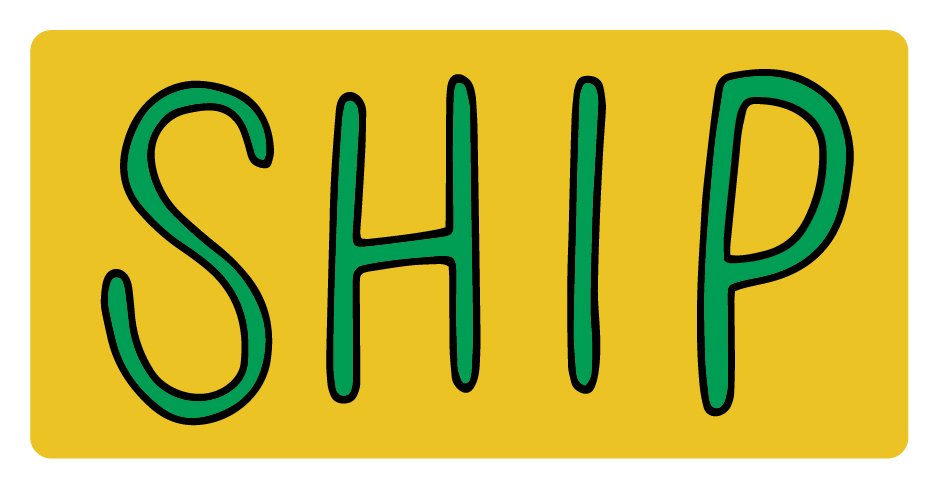
Spelling
Spelling instruction, part of phonics, follows an ordered progression of patterns closely paralleling oral reading. As the decoding-encoding link is reinforced, students utilize knowledge of common expectancies and syllabication to improve their spelling in isolation and in context.
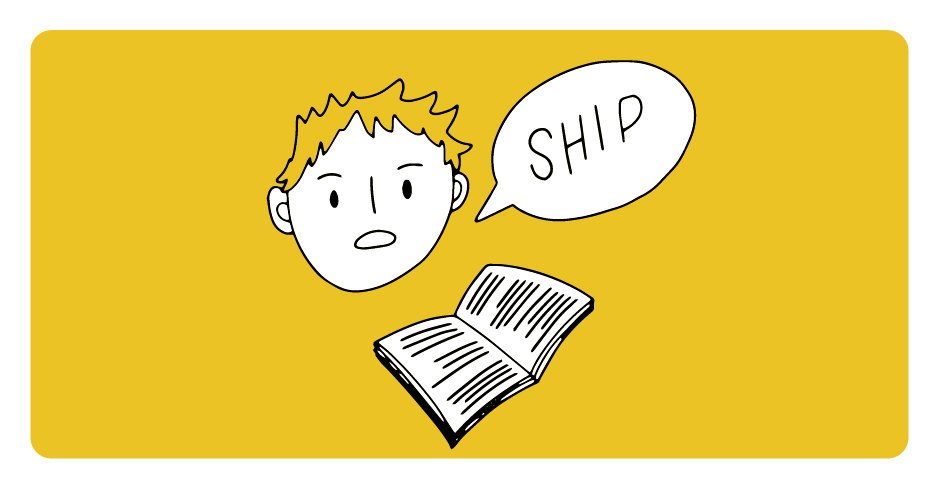
Oral Reading Fluency
Through interactive fluency practice, students develop rate, accuracy, and expression in oral reading.

Vocabulary
Vocabulary is built through explicit instruction in defining words, understanding meaningful parts of words (morphology), and accurate use of target words both orally and in writing.

Comprehension
Reading comprehension is developed concurrently with oral reading and is stressed regardless of a student’s reading level. A variety of materials are used to engage learners and enhance background knowledge.
Creating Reading Support for Each Student Across the Curriculum
Reading is a complex process with many layers. When a student is struggling to read, drawing from research-based practices to artfully implement the right supports has many elements. While individualized literacy instruction, like a language-arts tutorial, is important, there needs to be consistent reading and writing instruction across the curriculum by expert teachers.
Here is a snapshot of Landmark’s diagnostic-prescriptive and artful approach to creating a program that helps struggling readers thrive.17, 18, 19, 20

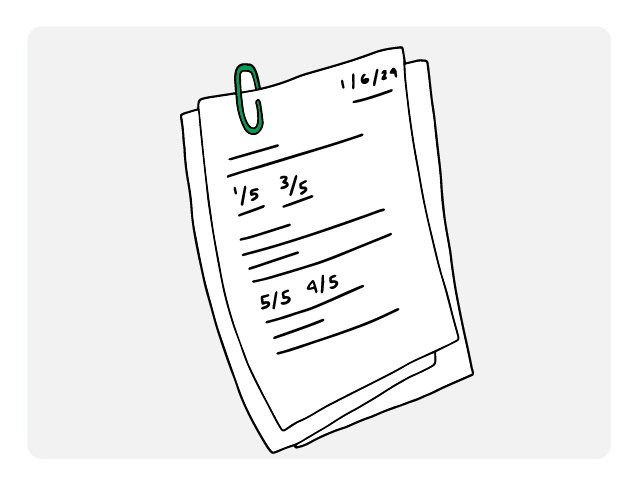
Diagnostic:
Formal neuropsychological assessments from outside Landmark, combined with ongoing internal assessments, give us a strong picture of student skills. This allows us to individualize both in literacy instruction and content areas for each student. Throughout the year, teachers give students daily informal assessments to constantly gauge student progress and optimize instruction.

One-to-one Language Arts Tutorial:
No one literacy curriculum works for all students.11 Using diagnostic testing, Landmark faculty pull from a battery of research-based methods to find what works best for each student. All tutorials use a systematic, sequential, and structured approach. This way, students don’t just get what comes next in a curriculum, they get what they need.
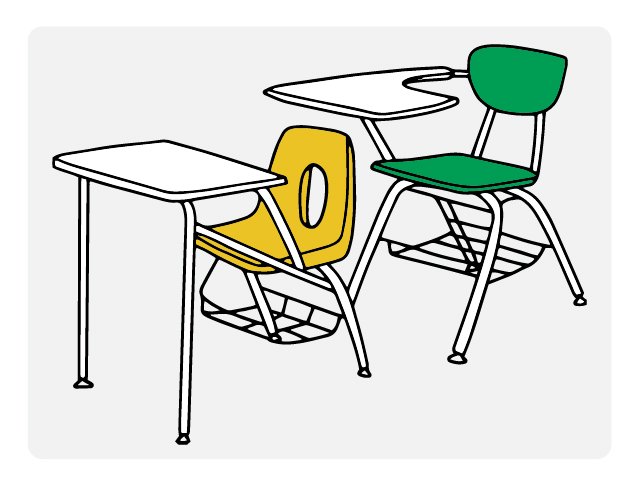
Small Classes:
Small classes allow teachers to create more individualized instruction within content areas. They can use learning-to-read strategies while helping students to access the curriculum.
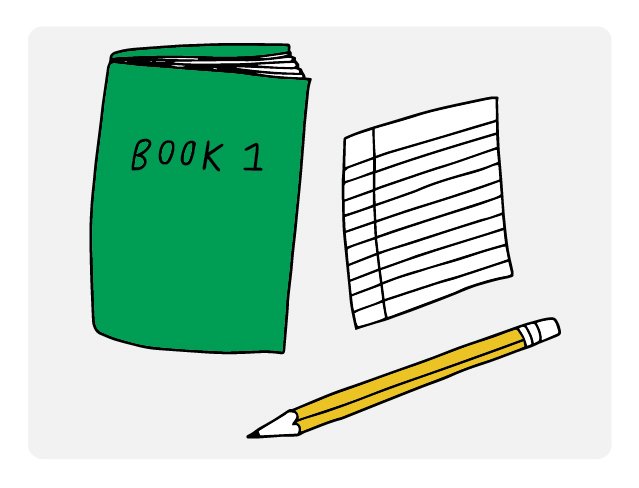
Across the Curriculum:
Reading and writing skills aren’t just taught in a Language Arts Tutorial. By infusing reading instruction into all subjects, Landmark School creates an environment where students are consistently exposed to opportunities for reading practice and application.
Integrated:
Landmark School integrates the language arts tutorial within the student’s academic schedule. It feels like just another class during the school day and doesn’t pull students away from other activities.
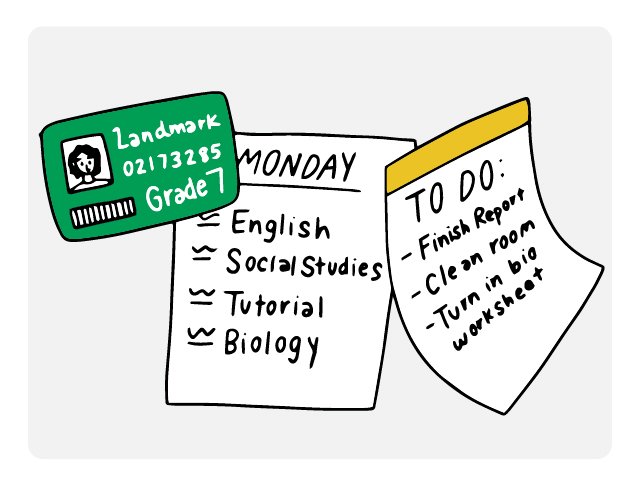
Advisory Leader:
Each student is carefully matched with their advisor who serves as guide, communications coordinator, and advocate.
Specifically Trained Educators:
Teaching reading is an artful practice. It requires a lot of knowledge, but also experience. Every adult a Landmark student interacts with understands the complexities, anxieties, and gifts of learning differently.
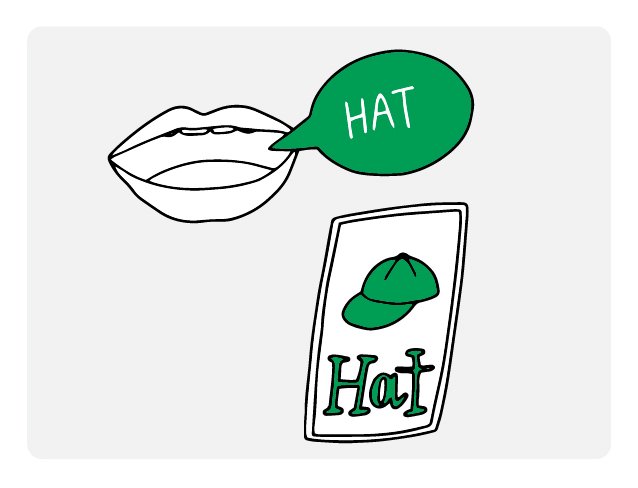
Research-based:
Landmark methodologies are based on the recommendations of the National Reading Panel (15), and current research informs any updates and additions to our programming. Our methodologies are based on a speech-to-print format (16), which begins by teaching phonology (speech sounds) and connecting sounds to printed text, as opposed to print-to-speech (phonics) that begins with learning graphemes.
Listening vs. Reading Comprehension
Listening to spoken text is not the same as reading comprehension. Using an accommodation like an audiobook must be navigated wisely. When listening, either the actor who is performing the passage or the technology turning text into speech is in control of the “pause.” Pausing and thinking that leads to comprehension is not inherently in the control of the reader. Wait, what? Let me read that again! Exactly. The decision to pause, and recognize that there may have been a “clunk” in our understanding begins the metacognitive experience, which drives the strategies to make meaning of what the listener just heard. If the goal for the student is to help them develop their reading comprehension, allowing them to listen to an oral presentation of the text will not provide the practice necessary to improve that skill. However, if the goal is for students to learn content and not necessarily to develop reading comprehension, then the choice to use audiobooks or other recordings may be an outstanding way to support that student’s ability to learn new material.
Learn more:
ACTIVE Learning
Landmark’s Elementary•Middle School classes practice ACTIVE Learning strategies for comprehension. In our elementary program, each strategy is personified by a character who visits the classrooms to share their expertise and bring each strategy to life.
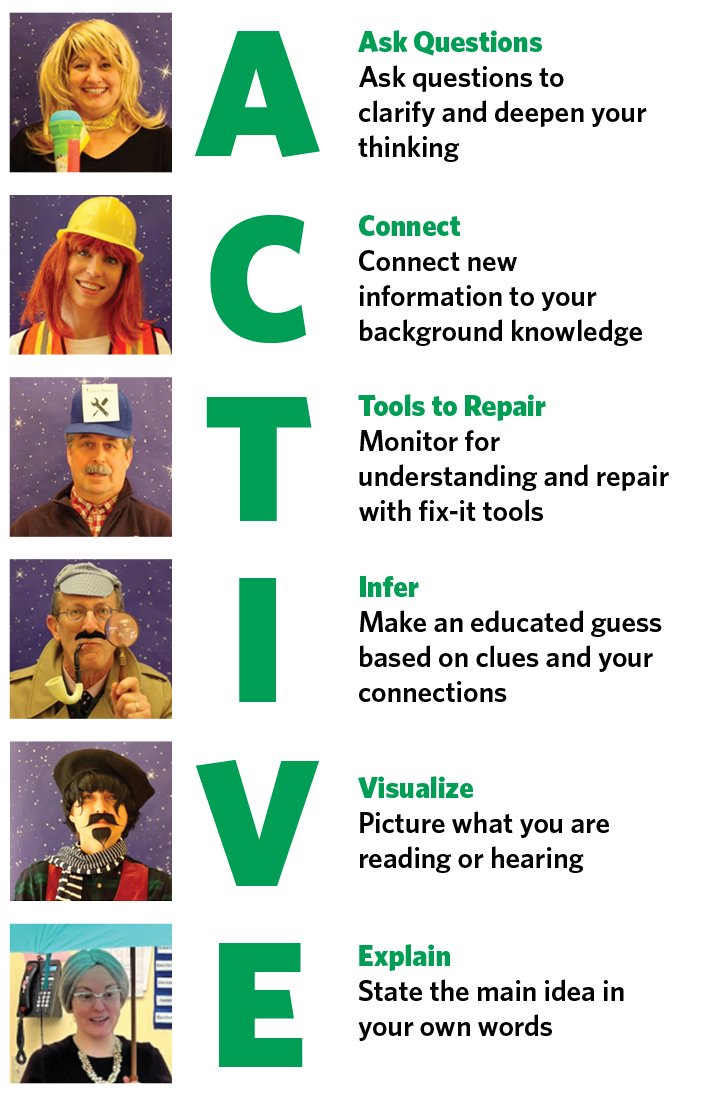
Questions to Ask About Your Child’s Reading Instruction
If your child struggles with reading, or even if they are just a new reader, here are some good questions to ask about their school’s approach to reading instruction.
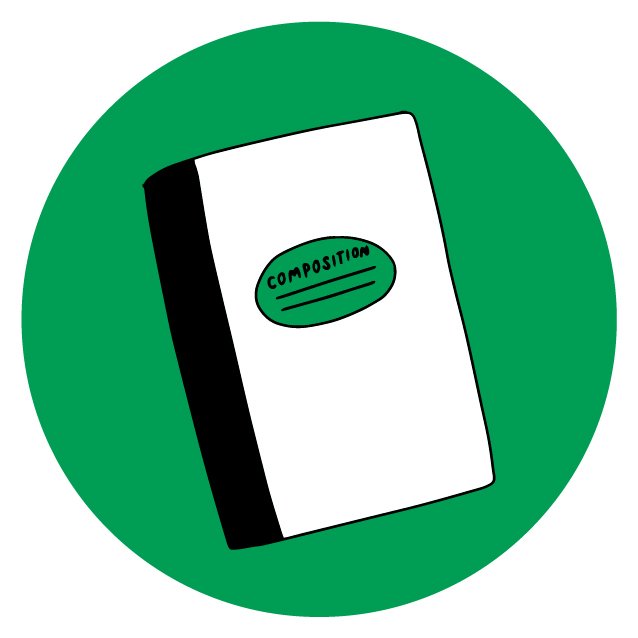
What curricula are being used to teach reading and what are their purposes
(phonemic awareness, comprehension, etc.)?

Is the reading curriculum utilizing research-based approaches? Can you describe them?
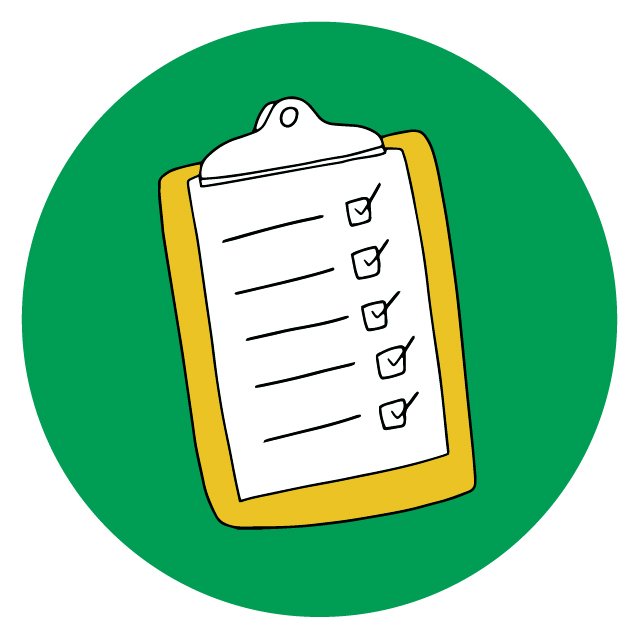
How and when is my child’s progress being assessed? What information will parents get about these assessments?
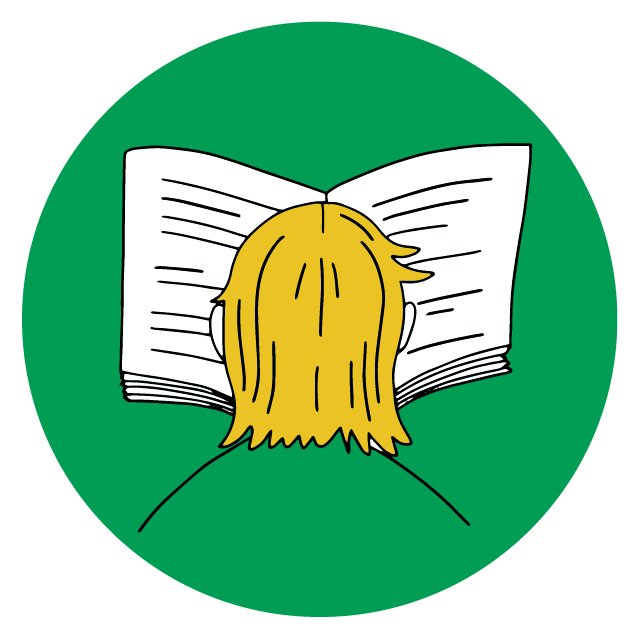
How will I know if my child is struggling to read? What supports are available?

How is technology integrated, if at all?
Tip
The teacher or school may use terms you are unfamiliar with. Take notes, research, and don’t be afraid to ask follow-up questions.
More questions to ask about your school’s reading instruction.
Citations
8 Wren, S. (n.d.). Ten Myths About Learning to Read. Reading Rockets. 2023
13 Landmark School. (n.d.). Elementary•Middle School Curriculum Guide.
14 Sebens, M. (2019, February 24). The Five Components of Reading: The Keys to Unlock Reading Proficiency. Landmark360. December 15, 2023,
15 Langenberg, D. N. (n.d.). Findings of the national reading panel. Reading Rockets.
16 Moats, Dr. L. (n.d.). Speech to Print or Print to Speech? It Makes a Difference. EDView360.
17 Howard, P. (2022, October 21). Teaching Reading: The Diagnostic-Prescriptive Approach. Landmark 360 Blog. October 24, 2023,
18 Landmark Approach. Landmark School. (n.d.).
19 Hildebrandt, K. (2023, January 17). Helping Struggling Readers. Landmark360. December 15, 2023,
20 One-to-One Tutorial. Landmark School. (n.d.).
21 The Science of Reading vs. Balanced Literacy: The History of the Reading Wars. (n.d.). Lexia Learning. October 30, 2023
The Reading Guidebook was compiled by representatives from Landmark School, empowering students with reading challenges, and Landmark Outreach, PD and coaching for educators.
Reading: A Guidebook Blog Series
Click on each of the images below to see that blog article. Or download the entire guidebook using the form.
Download Reading: A Guidebook
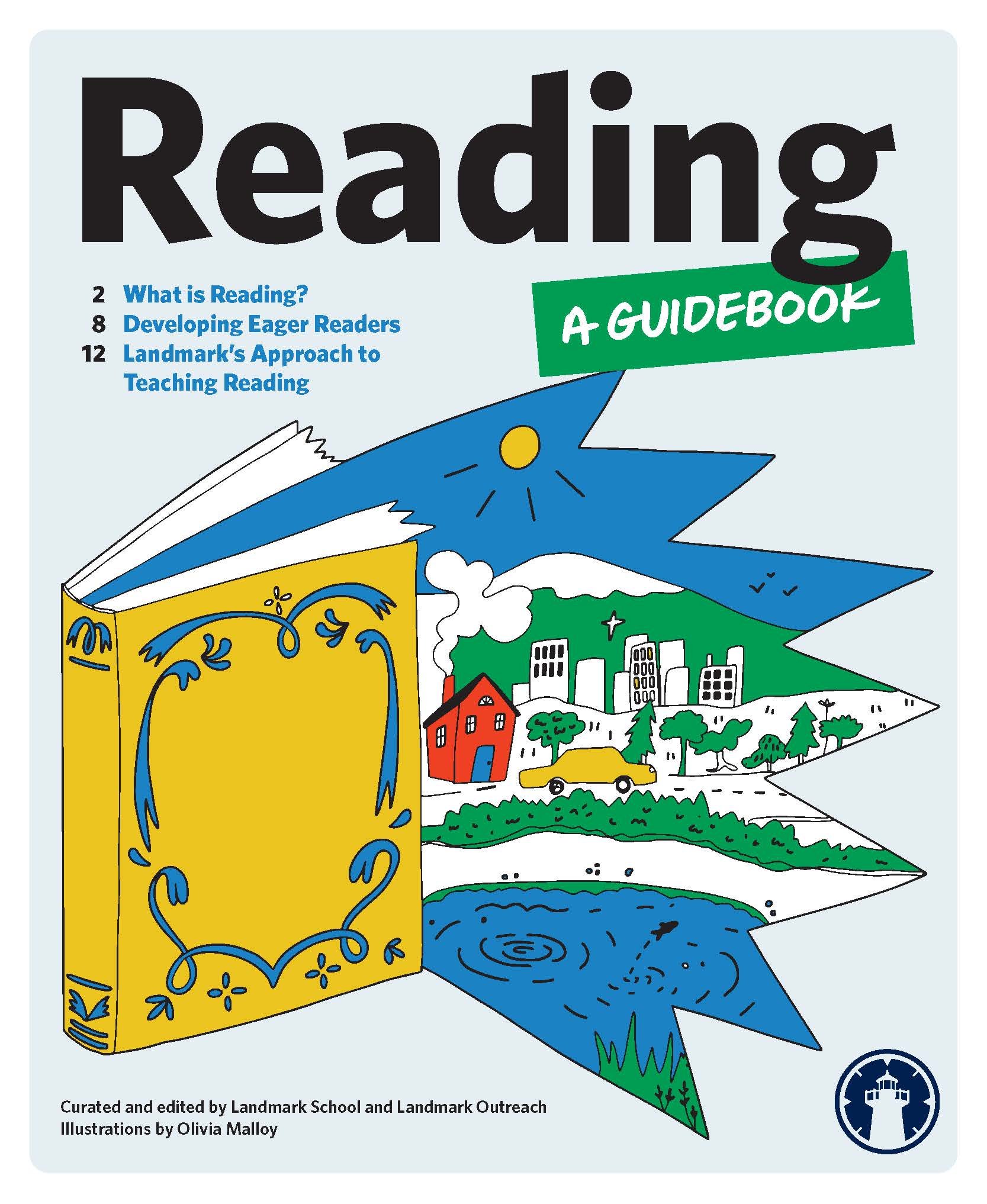
Posted in the category Learning.
















